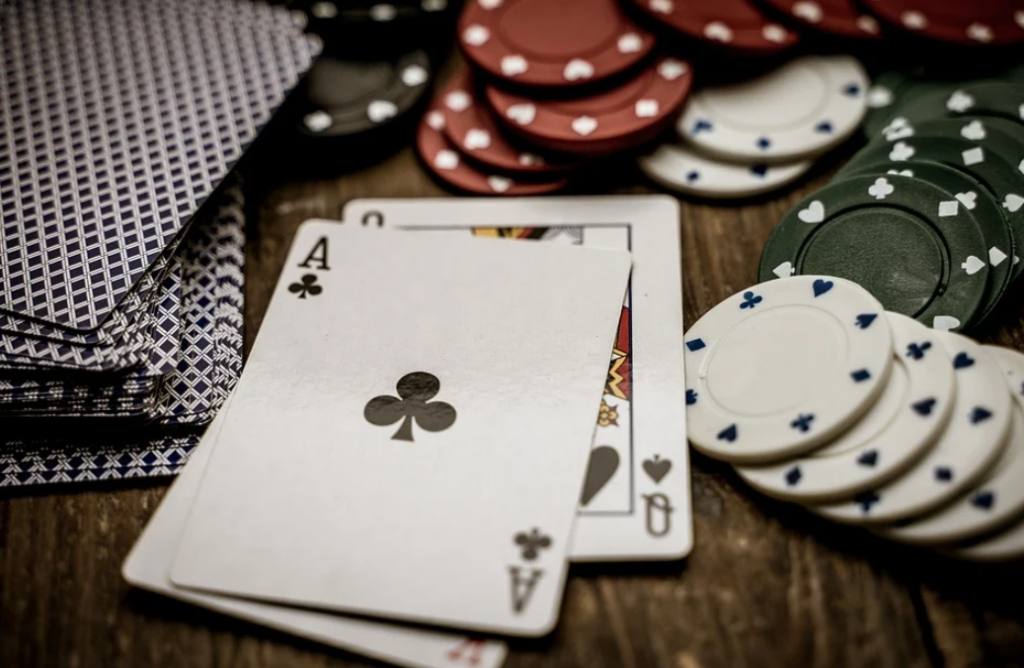Who would have thought that something that was initially developed as a social activity and a hobby would become one of the most lucrative industries in the world? Not only that, but that same pastime activity nowadays has so many terms and concepts to understand and make sense of that it is quite difficult for an average player to follow and adapt to it. Gambling, particularly the casino variety where you play the iconic games like roulette, poker, blackjack, and slot machines, is anything but simple.
In the modern day there are so many different aspects to it. From traditional brick and mortar establishments that you visit in order to gamble, to online service where you can play against the computer (algorithm) and against other live players, things have never been more diverse and exciting. In such a world, it pays to know as much about the very concept of modern gambling as possible. This is even truer with things that revolve around the chances and odds you have when you play and the payment that you could receive.
If you lack the knowledge, you will make worse moves and never achieve your full potential as a gambler. In this article we aim to correct this in an effort to make you, the reader, a better gambler.
In order to start doing that, you have to know what RTP is and how it works. Read on to find out more information about this and casino gambling in general and be sure to check out 888casinothailand.com for a great online casino service where you can test out what you learn.
What Is It?

RTP stands for Return to Player and it is among the most important factors in contemporary gambling. You need to know the RTP of a casino as well as the game you are playing in order to be successful and win money from it. This is a phrase used in gambling to explain the amount of money that the game or the casino pays back to the player(s) during the gambling sessions. RTP is shown as percentage and it is calculated based on a long period of time. If you like, you can think of it as the opposite of the house edge, which is the mathematical advantage the casino has over the players. The house edge needs to be as low as possible for the customers to have more chance to win. On the other hand, the higher the RTP, the more you will win (get back) in a game.
For example, the RTP of a game can be 90%. This means that out of one hundred bets, you will get 90 of them back. Here is a scenario that will make it even easier to understand. Say you make 100 hundred bets, each being a $1 bet. If the RTP is 90%, you will get around $90 back and lose $10 in the process. This is however not a guarantee. Just like the house edge, it is a calculation over a very long period of time so your gambling experience may not really be that lucky or that unlucky. You could get everything back, or just a few out of the hundred bets. In the short term, which is basically any time you are betting for a few hours a day, anything can happen so the RTP is only a general guideline and an informative stat the players should know and prepare for.
We already mentioned that RTP and house edge are connected. Well, they are more than that. In reality, they are actually two parts of a whole, where the whole is 100%. If the house edge is 15%, the average RTP is going to be around 85%. Over time, the machine keeps only 15% of the wagers and returns 85% of the money to players as parts of the prize money. That however is hardly ever the same player, as you can be rewarded based on the bets that came before you sat down, or be without luck and suffer from them.
Thread Lightly

As mentioned, the Return to Player percentage is just a general guideline and not the exact value you can expect. It is somewhat misleading because you never know how much it has already paid back and kept. On top of that, the RTP does not work the same in every game. For example, in blackjack you already know that you can easily win as much as half of your bets. On slots on the other hand, you barely win at all and it is very hard to get anything back. The most you usually get is a free spin or two. If you want rough general estimates, here is a broad rundown of the RTPs you can expect.
For online slots, they range anywhere from 93% to 99%. However, slots are infamous for the lack of winning spins and it takes a lot of spins to get anything back. With roulettes, it depends where you play because American and European varieties have slight differences. European roulette usually has around 97% RTP, while the American offers the players somewhere around 94%.
As you can see, this is important only for the games where there is a lot of luck and chance involved. When skill is involved, like in poker, the RTP does not really matter so nobody really cares for it. Some games, like craps, have different approaches. Some are strategic so the RTP matters little, and some are luck-based so RTP does matter. Blackjack requires skill but the RTP is 99% anyway if you know what you are doing. A bad player with no strategy who draws poorly can decrease their RTP by their own moves.
Conclusion and Takeaways

If it were not important for the casinos themselves, it would not have existed. RTP is crucial for the casinos because it allows them to make profit and dictate how much they keep or give back. If you are serious about your online casino gambling and if you want to win more than you lose, the RTP percentages you come across should be in your bag of moves and tricks. Best casinos always advertise their RTPs for everyone to see and decide whether or not they can take their games. By navigating through them, you can easily see where you have the best chances of winning more money or at least getting some of your wagers back.
